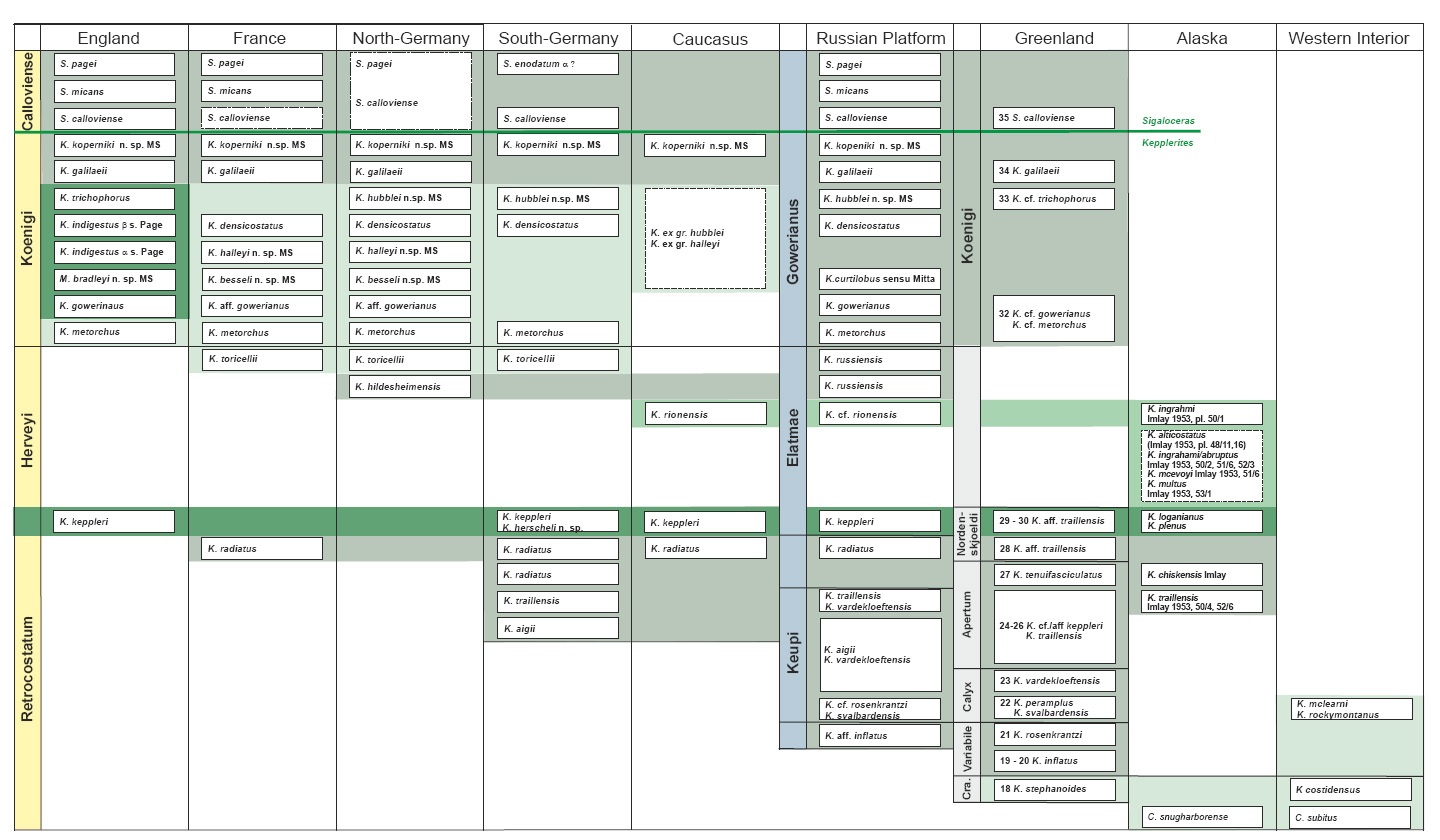
Sp 27 1987 Pdf
A review of 'armless' flounder of the genus Achiropsetta with description of a new species Achiropsetta heterolepis sp.n. [Originally published in Russian in Voprosy Ikhtiologii, 1987, 27 (5):771. Strategic Habitat Conservation Expand engagement and ownership – foster a commitment among employees to develop, implement, and use Strategic Habitat Conservation Expand operational capacity - increase and accelerate implementation of Strategic Habitat Conservation through adequate funding, training, outreach, evaluation.
Not to be confused with. Boeing 747SP Boeing 747SP of launch customer Role Manufacturer First flight July 4, 1975 Introduction 1976 with Pan Am Status In limited service as governmental, charter or VIP aircraft, one in service as. Primary users (historical) (historical) (historical) (historical) Produced 1976–1989 Number built 45 Developed from Variants The Boeing 747SP is a version of the jet airliner which was designed for ultra-long-range flights. The SP stands for 'Special Performance'. The 747SP is similar to the 747-100 except for the shortened, larger, and simplified flaps. The weight saved by the shorter fuselage permitted longer and increased speed relative to other 747 configurations at the time. Known during development as the short-body 747SB, the 747SP was designed to meet a 1973 joint request from and, who were looking for a high-capacity airliner with sufficient range to cover Pan Am's New York–Middle Eastern routes and Iran Air's planned Tehran–New York route.
The aircraft also was intended to provide Boeing with a mid-size wide-body airliner to compete with existing airliners. The 747SP entered service with Pan Am in 1976. The aircraft was later acquired by VIP and government customers. The 747SP set several aeronautical performance records, but sales did not meet the expected 200 units, and 45 aircraft were ultimately produced.
Contents • • • • • • • • • • • • • • • • • • • Development [ ] The idea for the 747SP came from a request by for a 747 variant capable of carrying a full payload non-stop on its longest route between New York and Tehran. Joined with Pan Am's request was; their joint interest was for a high capacity airliner capable of covering Pan Am's New York–Middle Eastern routes and Iran Air's planned New York-Tehran route. ( to may have been the longest in the world for a short time, until Pan Am started Tehran to New York in mid-1976.) The aircraft was launched with Pan Am's first order in 1973 and the first example delivered in 1976.  A shorter derivative of the 747-100, the SP was developed to target two market requirements. The first was a need to compete with the and while maintaining commonality with the 747, which in its standard form was too large for many routes.
A shorter derivative of the 747-100, the SP was developed to target two market requirements. The first was a need to compete with the and while maintaining commonality with the 747, which in its standard form was too large for many routes.
Until the arrival of the, Boeing lacked a mid-sized wide-body to compete in this segment. The second market requirement was an aircraft suitable for the ultra-long-range routes emerging in the mid-1970s following the joint request. These routes needed not only longer range, but also higher. Boeing could not afford to develop an all-new design, instead opting to shorten the 747 and optimize it for speed and range, at the expense of capacity.